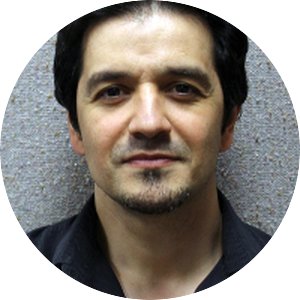Soils 415 and Zoom
Permafrost soils and Arctic vegetation play an important role in the global carbon cycle. A review of recent advances in remote sensing of vegetation and permafrost dielectric properties using L-band microwave radiometry is presented. A new radiative transfer model is introduced that can account for microwave emission of the soil-snow-vegetation continuum through a closed-form solution of Maxwell's equations, considering the intervening dry snow layer as a loss-less medium. It is demonstrated that the model enables retrieval of vegetation optical depth (VOD) and ground permittivity from the L-band brightness temperatures by the Soil Moisture Active Passive (SMAP) satellite over the snow-covered Arctic landscape. In the absence of dense in situ observations, the retrievals are causally validated using auxiliary variables including ground temperature, above-ground biomass, tree height, and net ecosystem exchange of carbon dioxide. Time-series analyses promise using satellite data, we can expand our understanding of the land-atmosphere interactions and exchange of carbon fluxes over Arctic permafrost.

